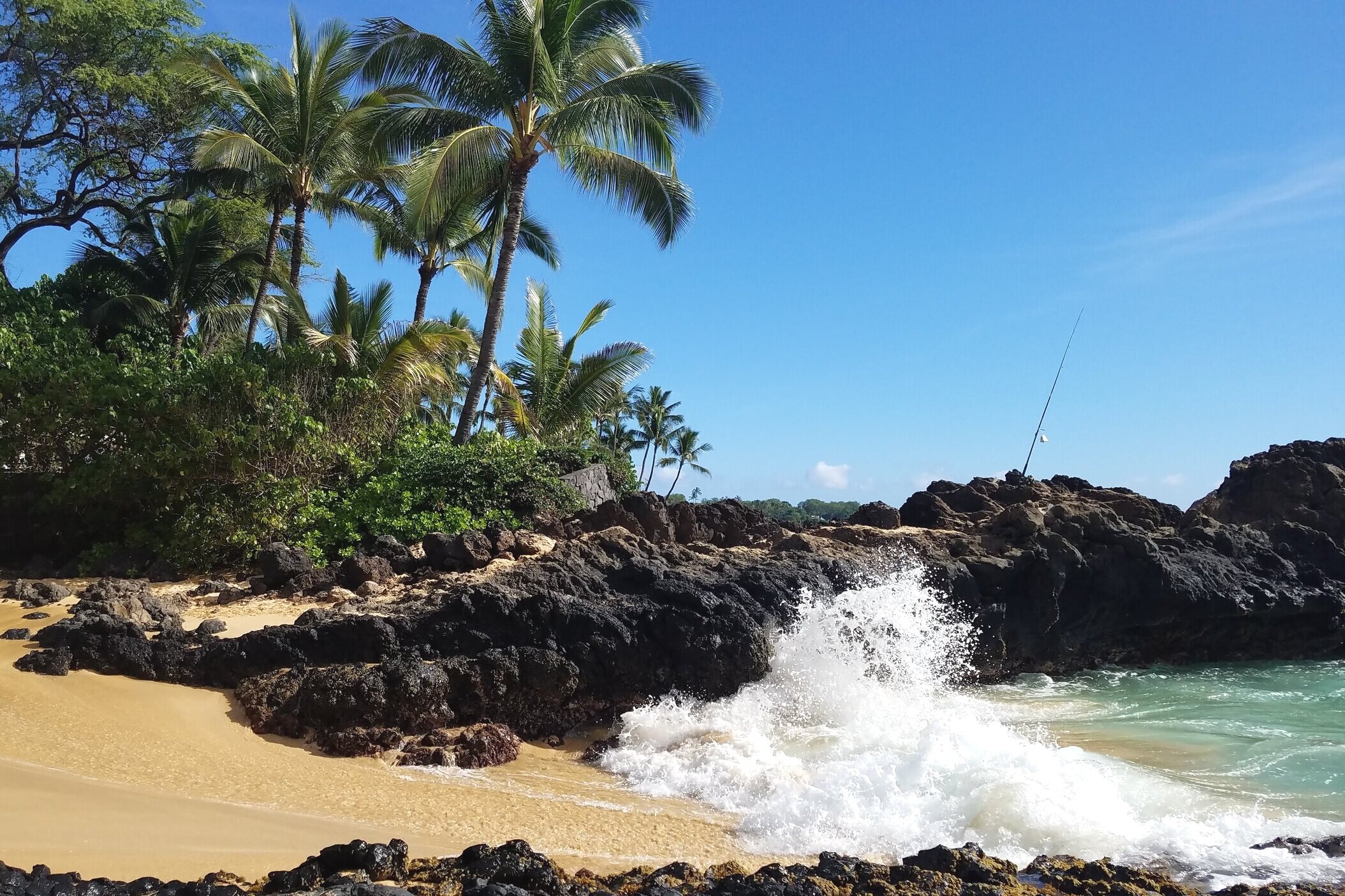The Best 4 Days in Maui Itinerary for Your First Time on the Island
This 4 days in Maui itinerary includes the Hawaiian island’s golden beaches, rainforest road trips, and volcanic views. Plus, the handy Maui travel guide offers tips for where to stay, what to pack, and how to get around.
5 Best Reasons to Stay at the Hyatt Regency Maui Resort and Spa
Sandy beachfront, glistening pools, lush gardens, vibrant sunsets — there’s a lot to love about the Hyatt Regency Maui Resort and Spa. This lux Maui property welcomes guests to enjoy the best of the island’s southwest coast. From the swaying palms and swimming swans to the festive luaus and sun-soaked pool deck, we’ve highlighted and reviewed the best of the amenities, restaurants and rooms in this guide to the Maui Hyatt.
The Best Towns in Maui and Where to Stay on Maui This Year
This guide will help you narrow down where to stay on Maui, from the best towns in Maui with beaches to the different types of Maui lodging you’ll find on this island. Discover the best cheap places to stay, beach resorts packed with amenities, or where to stay in Maui with kids.
These 7 Epic Maui Adventures Will Make You Crave an Island Trip
These unique Maui adventures include driving the clifftop Hana Highway, hiking to the floor of the Haleakala Crater, and snorkeling with sea turtles and reef sharks. If you’re searching for the best Maui activities for your trip to the Valley Isle, these ideas will get you started.
29 of the Best Stops on the Road to Hana in Maui Hawaii
Gushing waterfalls, black-sand beaches, bamboo forests — Maui’s Road to Hana is the day trip of a lifetime, full of hairpin turns and one-way bridges alongside dramatic drops down to the sea. This guide to the best Road to Hana stops packs in handy tips, pictures, maps and important info for your Road to Hana tour.
The Perfect 3 Days on Maui Itinerary for Your First Visit
Chasing waterfalls, soaking up the rays on golden sands, snorkeling with sea turtles, wandering bamboo forests — yes, it’s all possible with just 3 days on Maui. If you’re looking to balance island adventures with some laid-back beach hopping, this is the guide for you. This 3 day Maui itinerary includes secret coves, heart-pumping cliffside drives and everything in-between.
The Ultimate Maui Packing List and What to Wear in Maui
This Maui packing list will help ensure you don’t forget anything important on your Hawaiian vacation. Before you start loading up the suitcase, take a look at our packing tips, detailed packing guide and handy packing checklist. We’ll cover what to wear on the plane, what weather to expect and what types of activities to pack for. Plus, we’ll give outfit ideas and inspiration.
The Best 5 Day Maui Itinerary for Your First Time in Hawaii
Golden sunrises from volcanic peaks, window-down drives along wave-lashed coastal cliffs, hikes through lush green rain forests — it’s all part of this Maui itinerary for 5 days on the Valley Isle. Uncover hidden beaches and small-town charms in-between bucket-list busting experiences.







